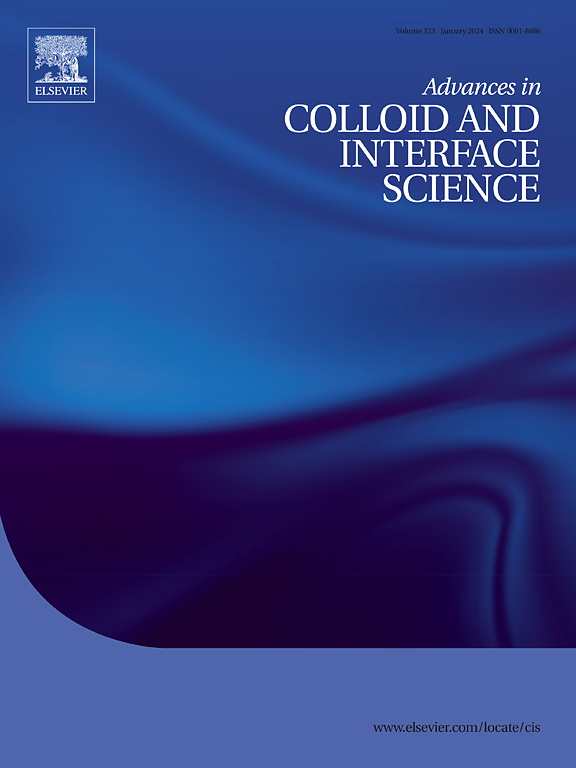Metal-organic framework (MOF) materials and functionalization for targeted adsorption of pb and cd in wastewater: Mechanisms, challenges, and future development prospects
IF 15.9
1区 化学
Q1 CHEMISTRY, PHYSICAL
引用次数: 0
Abstract
With the rapid development of global industrialization, heavy metals(HM) pollution in water bodies worldwide has become one of the key environmental challenges due to its persistent toxicity and bioaccumulation risks. Lead (Pb) and cadmium (Cd), as common and typical representatives of toxic heavy metals, are primarily originating from wastewater discharge from industries such as metallurgy, electroplating, and pesticides. Due to their heightened toxicity risks, membrane separation, precipitation, adsorption, and other technologies have been proposed. Among them, adsorption has been widely recognized due to its simple operation, low cost, and remarkable effectiveness. Adsorption materials are the technical core of adsorption methods. MOF materials are superior to traditional carbon based, silicon-based, natural materials and other adsorption materials due to their high selectivity and controllability. However, there is no systematic comparison of MOF materials for removing Pb and Cd from wastewater. The diversity, adsorption differences and applicable scenarios of these materials make their industrial application difficult. This article systematically summarizes the MOF materials and functionalization methods for removing Pb and Cd from wastewater, and compares their performance indicators such as maximum capacity, selectivity coefficients, and regeneration cycle times. The advantages and disadvantages of the materials are compared, and the applicable scenarios of different materials are clarified. To address the defects and drawbacks of MOF materials, an innovative approach has been proposed to enhancing the synthesis, functionalization, and material recycling of MOF materials through multiple physical fields. This approach precisely regulates the nucleation, pore structure, exposure of active sites, and controllability of functional group grafting in MOF materials. This collaborative strategy is not only expected to break through the limits of traditional material performance, but also to achieve intelligent adsorption systems that respond to extreme environmental stress. This study provides a forward-looking perspective for designing next-generation MOF materials to achieve sustainable water purification.

金属-有机骨架材料及其功能化对废水中铅和镉的靶向吸附:机理、挑战及未来发展前景
随着全球工业化的快速发展,世界范围内水体重金属污染因其持续的毒性和生物蓄积性风险已成为重大的环境挑战之一。铅(Pb)和镉(Cd)是有毒重金属的常见和典型代表,主要来源于冶金、电镀、农药等行业的废水排放。由于其较高的毒性风险,人们提出了膜分离、沉淀、吸附等技术。其中,吸附因其操作简单、成本低、效果显著而得到广泛认可。吸附材料是吸附方法的技术核心。MOF材料具有高选择性和可控性,优于传统的碳基、硅基、天然材料等吸附材料。然而,目前还没有系统比较MOF材料去除废水中铅和镉的效果。这些材料的多样性、吸附差异和适用场合给它们的工业应用带来了困难。本文系统总结了MOF材料和功能化方法对废水中铅、镉的去除效果,并对其最大容量、选择性系数、再生循环次数等性能指标进行了比较。比较了各种材料的优缺点,明确了不同材料的适用场景。针对MOF材料的缺陷和不足,提出了一种创新的方法,通过多个物理领域来增强MOF材料的合成、功能化和材料回收。这种方法精确地调控了MOF材料的成核、孔结构、活性位点的暴露和官能团接枝的可控性。这种协作策略不仅有望突破传统材料性能的限制,还有望实现应对极端环境压力的智能吸附系统。该研究为设计下一代MOF材料以实现可持续的水净化提供了前瞻性的视角。
本文章由计算机程序翻译,如有差异,请以英文原文为准。
求助全文
约1分钟内获得全文
求助全文
来源期刊
CiteScore
28.50
自引率
2.60%
发文量
175
审稿时长
31 days
期刊介绍:
"Advances in Colloid and Interface Science" is an international journal that focuses on experimental and theoretical developments in interfacial and colloidal phenomena. The journal covers a wide range of disciplines including biology, chemistry, physics, and technology.
The journal accepts review articles on any topic within the scope of colloid and interface science. These articles should provide an in-depth analysis of the subject matter, offering a critical review of the current state of the field. The author's informed opinion on the topic should also be included. The manuscript should compare and contrast ideas found in the reviewed literature and address the limitations of these ideas.
Typically, the articles published in this journal are written by recognized experts in the field.

 求助内容:
求助内容: 应助结果提醒方式:
应助结果提醒方式:


